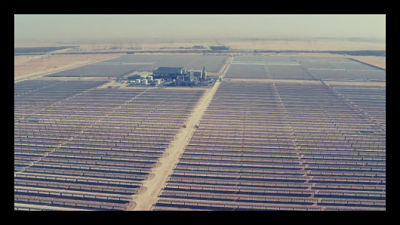
The Wonderbag is an invention that reduces energy use and cooking time, and can thereby save money and free time for activities other than cooking for its users. It is designed primarily to benefit poor women who spend much of their time preparing food. The Wonderbag was developed by Sarah Collins, who has worked in Africa in environmental conservation and eco-tourism. She released the Wonderbag in South Africa in 2008 and plans to extend its availability to 15 other countries including Nigeria, Rwanda, and Kenya, by 2015.
The Wonderbag is very simple to use. You simply prepare a meal such as stew or curry, bring it to a boil on the stovetop, then seal the pot or pan in the Wonderbag for a few hours. The bag insulates the food, allowing it to continue cooking unattended. This not only saves carbon dioxide from being released into the atmosphere, but also saves families money on fuel. In South Africa, where half the population lives in poverty, even a small reduction in fuel usage results in substantial monetary savings. The Wonderbag can reduce an average South African family’s fuel need by up to 30 percent.
The Wonderbag is not a charity. The business sells the bags for around $45 but some are subsidized for those unable to pay the full amount. Carbon credits earned from greenhouse gas reductions, as well as a deal with sustainability-focused global manufacturer Unilever, account for the subsidies.
While the Wonderbag certainly saves time, money, and fuel over the long run, it remains to be seen whether the invention will empower women to become active in other ways. If women are able to enjoy more freedom, leisure time, and pursue self-empowering activities outside of the home as a result of using the Wonderbag, then the bag will truly succeed at reducing poverty.
– Kat Henrichs
Source: The Guardian


 Abu Dhabi has used its oil profits to open the largest solar power plant in the world. The United Arab Emirates is among many Middle Eastern nations, including Saudi Arabia, to focus on solar energy development. The plant cost about $750 million and will provide 20,000 residences with electricity.
Abu Dhabi has used its oil profits to open the largest solar power plant in the world. The United Arab Emirates is among many Middle Eastern nations, including Saudi Arabia, to focus on solar energy development. The plant cost about $750 million and will provide 20,000 residences with electricity.